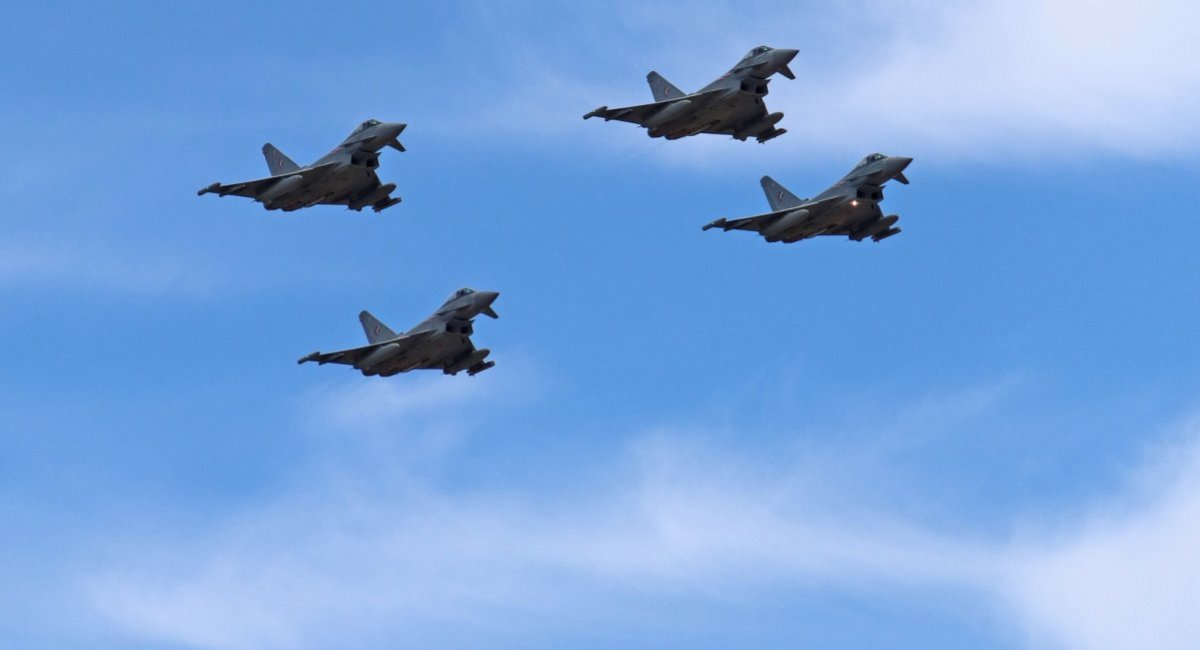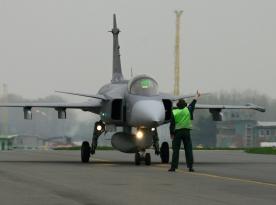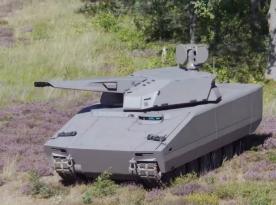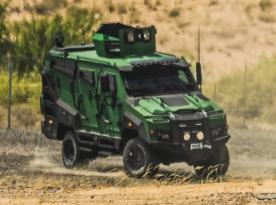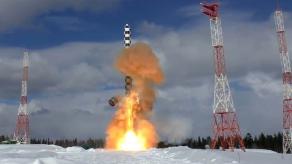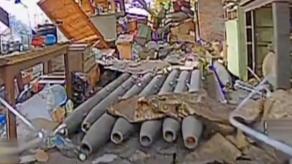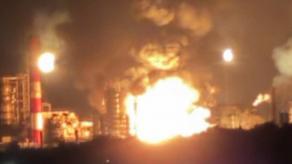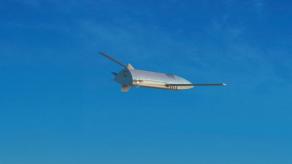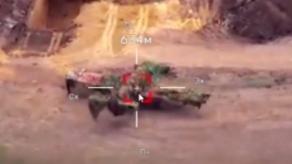Among the possible scenarios for ensuring security guarantees for Ukraine and Europe against russian aggression is the deployment of a military contingent in Ukraine. The UK is currently considering patrolling Ukraine’s airspace with its own aviation.
This option is being explored in London, according to The Times, which cited its own sources. It is reported that such a mission would mirror NATO’s air policing operations, such as those in the Baltic States. This approach is considered more feasible than establishing a continuous no-fly zone.
Read more: France’s Air Force Can Only Fight for Three Days Before Running Out of Weapons—And That’s Without Using Its Jets
At the same time, for a clearer understanding of how such patrolling could be implemented, it is important to note that the aircraft may be based in Poland, for example.
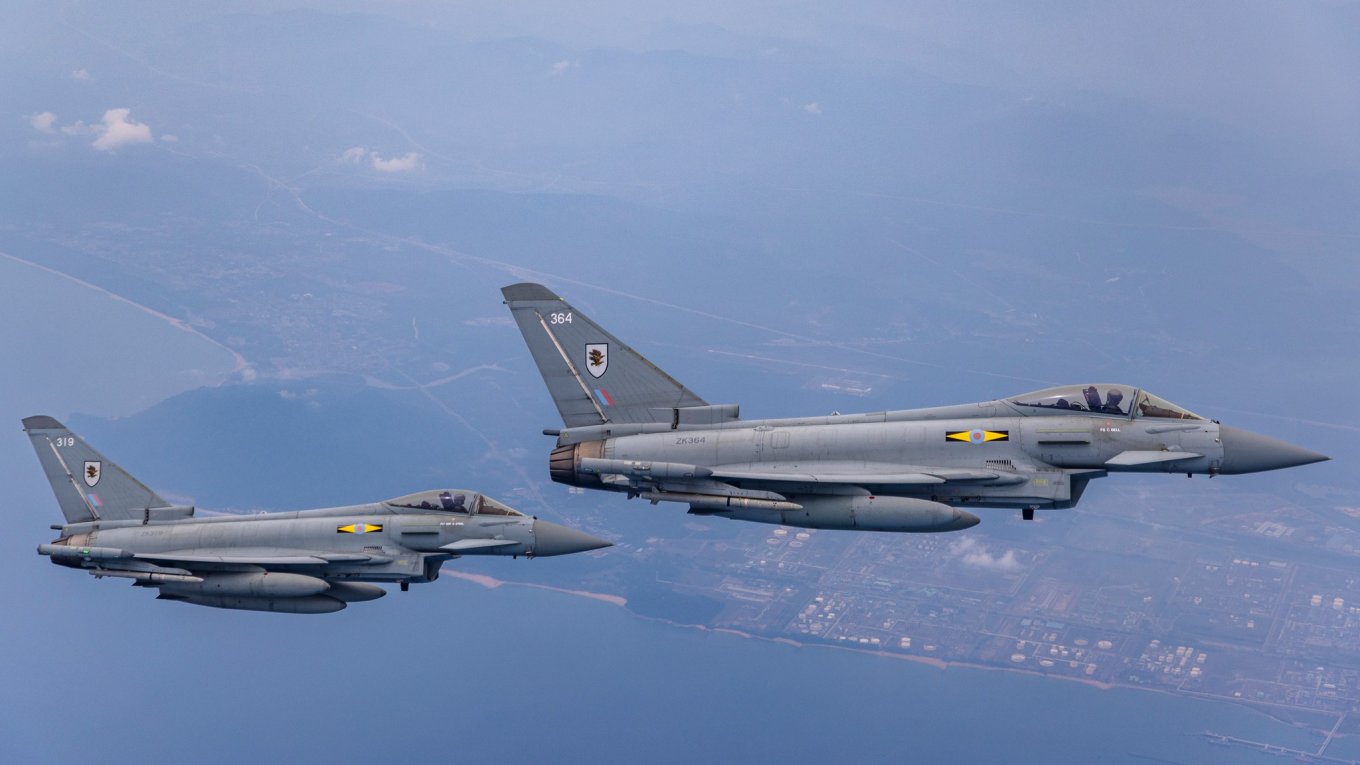
Defense Express notes that this last option could completely nullify the entire purpose of the idea, reducing it to a purely symbolic measure with little impact on real security guarantees.
If we take NATO’s Air Policing mission in the Baltic States as a reference, this operation has been in place since 2004. It involves the rotational deployment of fighter jet units in Lithuania and/or Estonia, given that these countries lack their own fighter aviation and have highly limited air defense capabilities.
The purpose of this deployment is to patrol the borders and escort russian aircraft that approach NATO member states’ airspace. Thanks to the operations of such patrols, reports of russian aircraft interceptions over the Baltic region frequently emerge.
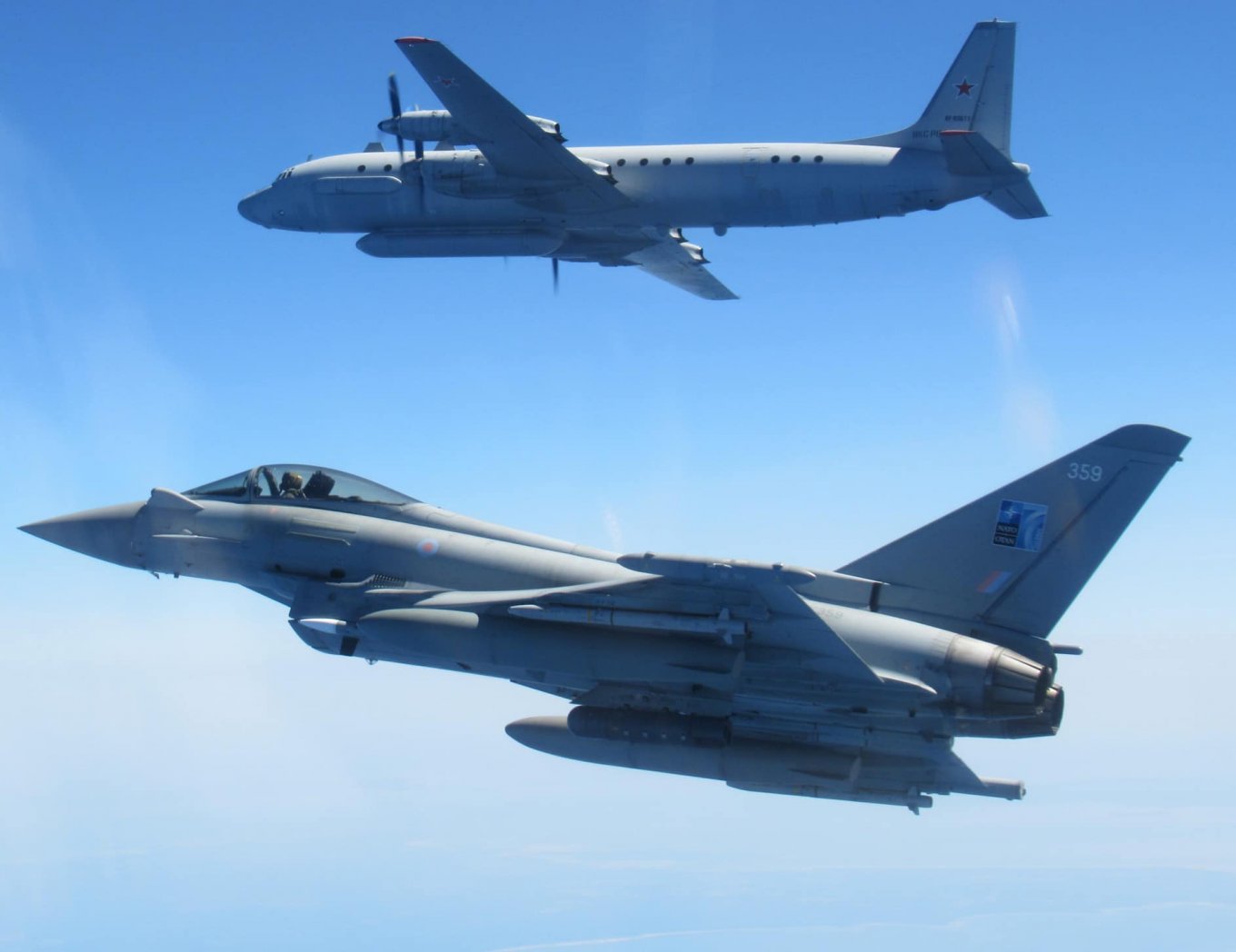
It is essential to understand the number of aircraft allocated for these missions. In recent times, at least eight fighter jets from different countries have typically been deployed. For example, starting from December 1, 2024, a four-month rotation includes four French Rafales and four Dutch F-35As. However, sometimes the number increases to 12-16. For instance, from November 30, 2023, to March 1, 2024, the patrol mission was carried out by four Belgian and four Polish F-16s, along with four French Mirage 2000-5s.
This means that such a patrol mission would clearly require involvement from more than just the United Kingdom. The number of aircraft needed to patrol Ukraine’s airspace would have to be significantly higher than in the Baltic States. Moreover, the entire idea of air patrols could only be effective if these fighters were stationed in Ukraine rather than in Poland or any other distant location.
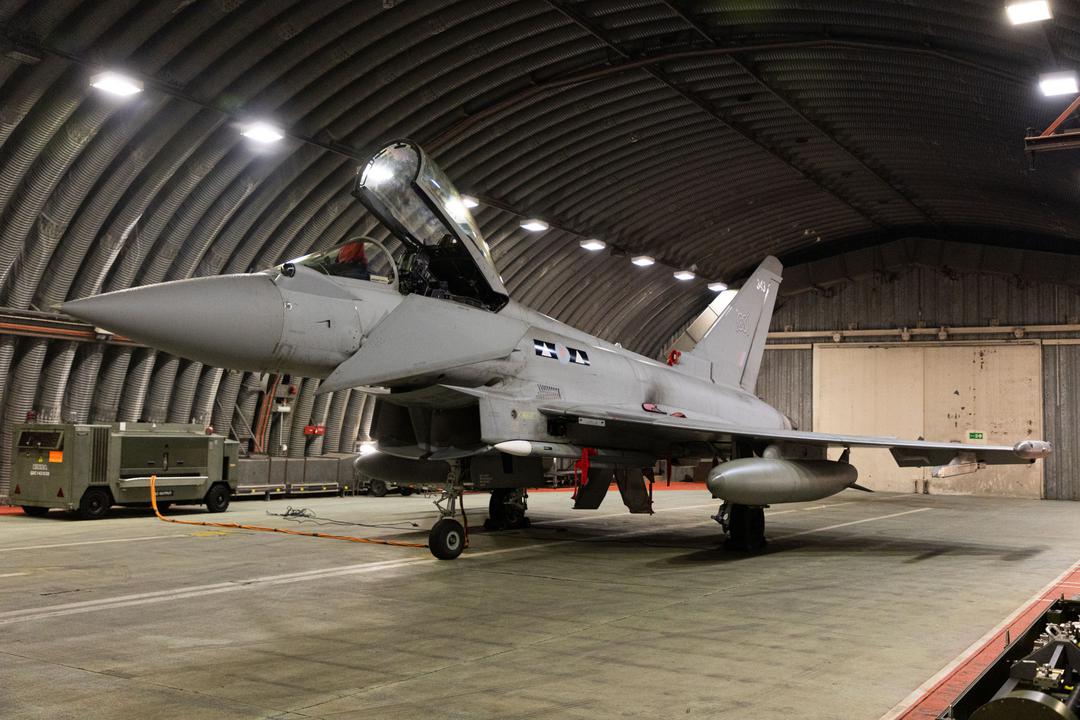
If the British Eurofighters were stationed in Rzeszów, they would have to fly 1,000 km to reach the russian border near Kharkiv. In comparison, for air patrols in the Baltic States, the distance from Ämari Air Base in Estonia to the russian border is up to 200 km, and only 40 km to the neutral waters of the Gulf of Finland. From the airbase near Šiauliai in Lithuania to the Kaliningrad region, the distance is just 100 km.
This affects response time to threats, total airborne patrol time, and aircraft engine resource consumption. The only realistic option for deploying such European air forces is exclusively on Ukrainian territory. This would require upgrading Ukrainian airbases for these missions, ensuring their air and missile defense, and maintaining an appropriate ground contingent.
The question of whether London and other NATO and EU countries in Europe would commit to this depends solely on whether their leaders grasp the new security realities.
Read more: Can Europe Replace the U.S. in Supplying Weapons to Ukraine?




